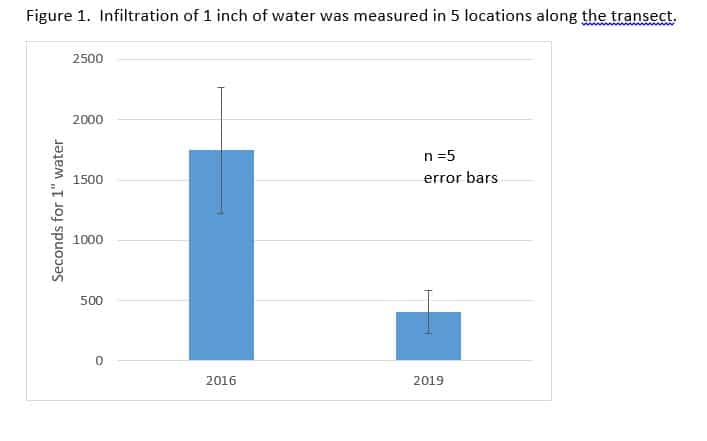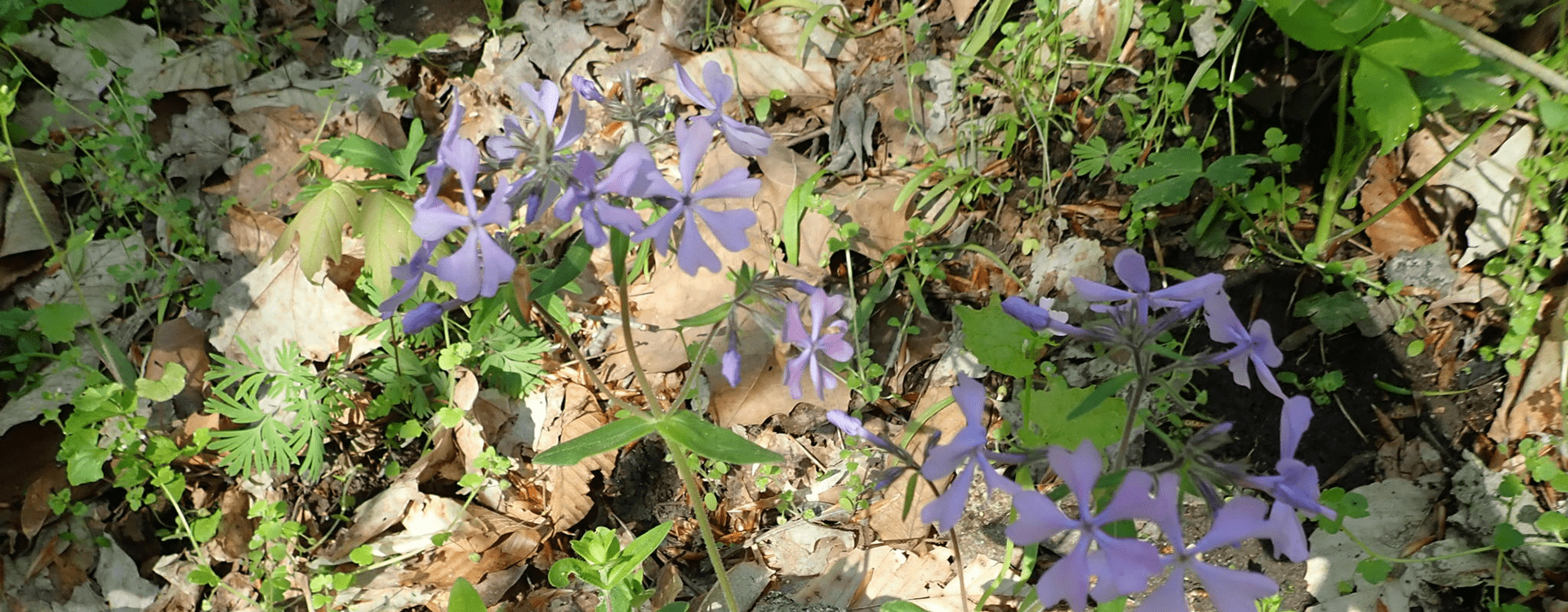
Think Spring
This video shows spring wildflowers found throughout our property. How many have you seen on your spring hikes?
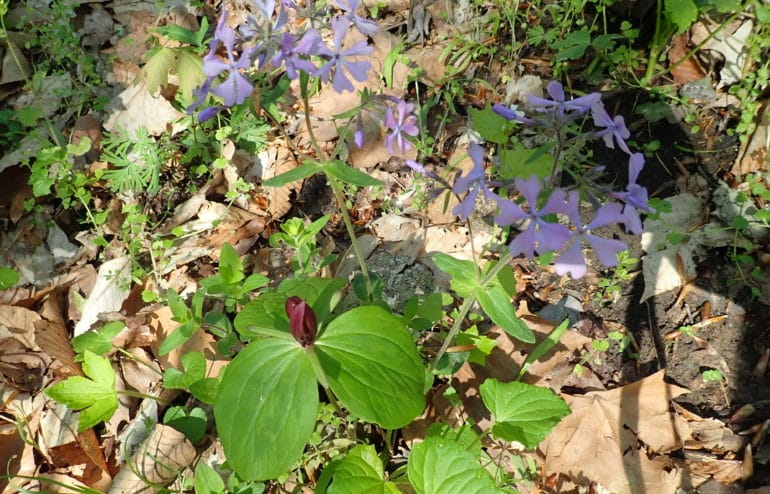

This video shows spring wildflowers found throughout our property. How many have you seen on your spring hikes?
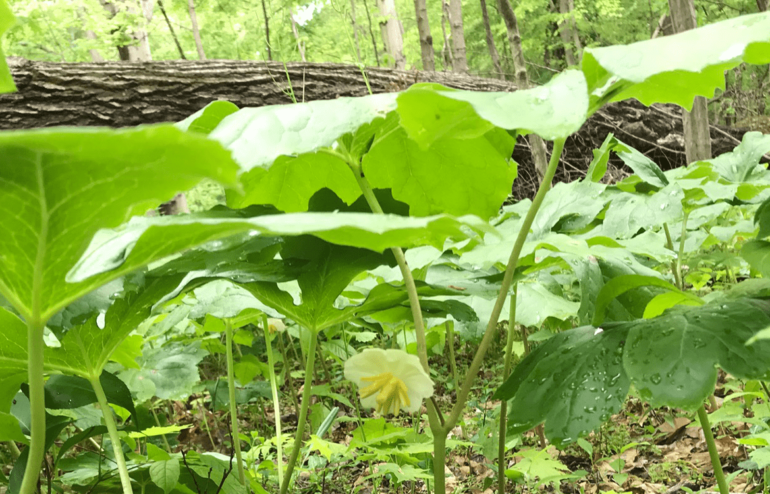
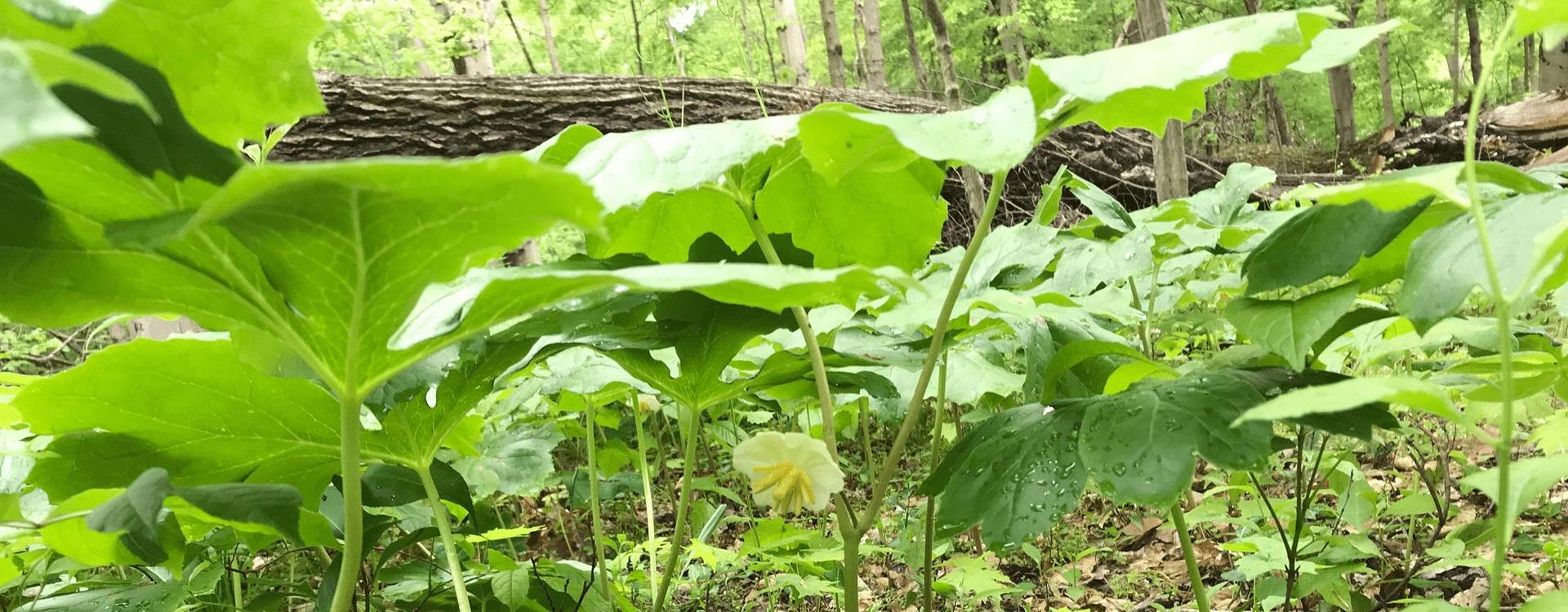
In winter we spend a lot of time indoors, analyzing data from the previous year. In 2019, we had our first opportunity to collect data on native spring ephemerals. These are native (as opposed to alien or invasive) species whose life cycle is quite short. The plants emerge, grow, flower and die generally between February and May, before trees fully leaf out. Our data show that Spring Beauty (Claytonia virginica) is the most dominant ephemeral across the woods in both frequency and density. The frequency of wildflowers across 3 of our woodland is shown in the graph.
–Jennifer
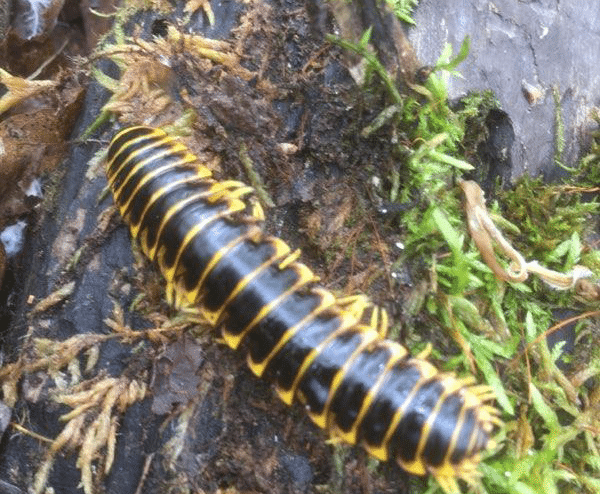
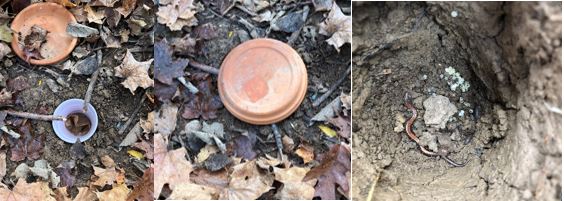
Part of our Ecological Monitoring project involves faunal (animal) sampling. We focus on arthropods, amphibians and reptiles during these surveys. Mini pitfall traps are established along our already existing transects using a hand spade, red solo cups, moist paper towels and clay saucer plates (see image below). These cups are checked (and emptied) over the course of one week. We mostly find arthropods like beetles, harvestman, isopods and spiders. Once during the sampling week we search “herp” circles in which we flip logs and rocks, and scan the ground looking for frogs, salamanders, snakes and toads. When looking for amphibians and reptiles, the most common thing found depends on the time of year. We find a lot of American toads during the summer and salamanders in the fall.—Chad G.
The picture below shows our pitfall traps. The last box is an eastern red-backed salamander and her eggs we found in an existing hole. She was left alone and a new hole was dug. No animals are hurt during this process.


Late summer we had the chance to re-monitor some of our pastures to see how soil properties have changed in 3 years. This was an opportunity for 3 of us (Megan, Chad G. and Jennifer) to learn the pasture monitoring methods. Front Nippert field was first monitored in 2016 and the same transect was set up in 2019. Vegetation, bulk density, soil carbon and water infiltration were all measured. In the upper layer of the soil (0-10 cm), bulk density decreased from 1.28 to 1.18 g/cm3. Both values are low enough for proper root growth. Figure 1 shows infiltration improved over three years. And Table 1 shows the carbon results. Carbon in the lowest layer of soil increased over the 3 years.
–Jennifer

